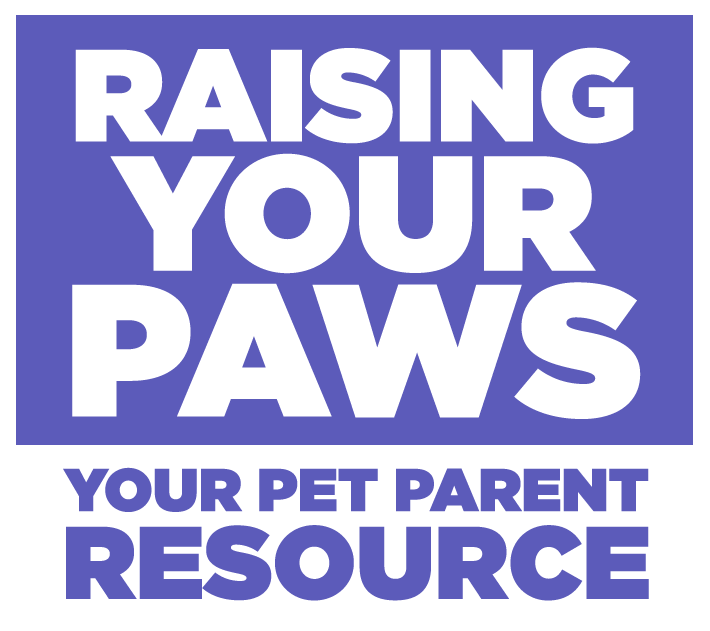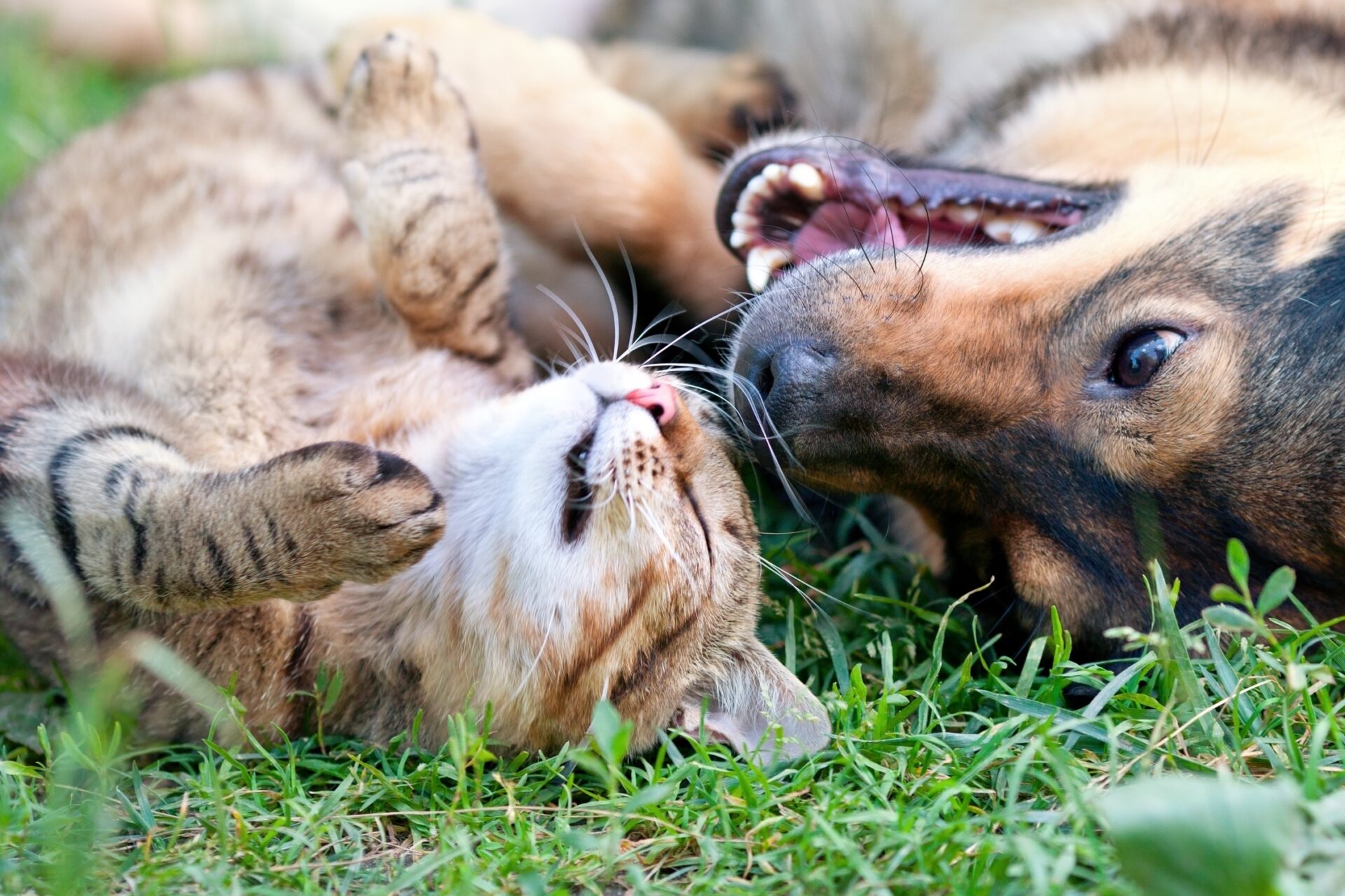You’ve heard that for every 1 year of your pet’s life, it counts as 7 human years, right? Well, there’s new thinking in this regard that lets you be a bit more accurate.
Our pets mature quicker than we do during their early years, so a dog and cat’s first year is really more equivalent to about 15 human years and by the time they are two, it is like them being 24 years old. It really makes sense doesn’t it? Your pets can reproduce before they are a year old. If they were only 7 in our terms – now, that doesn’t seem right.
So to figure our their age, for a cat, after their second year – which is 24 years old human wise, count another 4 years for each calendar year. With dogs, after the first 2 years, (when they would be 24,) it becomes more varied. Add another 4-7 years each birthday depending upon its breed size and weight – approximately 4 years for the small breeds, 5 for medium, 6 years for large breeds and 7 years for the giants. Rosy, my Shetland Sheepdog/German Shephard mix, is 9 years old. So at 2, she was 24. Then being a medium sized dog, I’m going to add another 5 years for each of the remaining 7 years. So, 7X5 is 35. I’ll add that to the first 24 and she is 59 years old. According to the old way, she would be 63.
Here are some charts to help you figure your pet’s age. We’ll start with dogs.

Cats age chart.
It’s good to keep in mind that any age estimations for pets in our human terms, are a simplification of the issue – this is not hard and fast science. There are many factors that affect how your pets age and if you check different resources, you’re going to find a range of different age estimates. The figures I am using are the average of the ones commonly thought to be most realistic now.
Find out more about your cat’s age from the website where I found this chart. International Cat Care.
Make Your Dog Happy. Let it be a Predator – A Game to Play.
In Jean Donaldson’s, book, The Culture Clash: A revolutionary new way of understanding the relationship between humans and domestic dogs she writes a Top 10 List of Things Known About Real Dogs. One of the things that “really captures the essence of dogs, is that they are social predators. This means that alot of your dog’s behavior can be traced to their evolutionary legacy as predators and as beings that lived constantly around others.” (from “The Culture Clash.”)
Because your dog is a predator, even though they probably don’t hunt for their meals, they are still going to exhibit the behaviors that they’d use to kill and eat their prey. These are hardwired into them.
Things like searching, stalking, chasing, biting, grabbing, chewing, shaking. You know, you see these all the time and your dog wants to do these things – like chase that squirrel or that car, grab your glove while on your hand and tug, and rip apart every toy you give it. A way to help your pet release these “predatory energies,” is to play some games with them that involve these behaviors but in a contained appropriate way. Giving them this kind of stimulation regularly, is a great way to ward off unwanted behavior problems. We all know, a bored, frustrated dog, can get into trouble at times.
Here is one of the games, Jean Donaldson recommends from her book.
Hide & Seek.
Put the dog in a sit-stay out of visual contact with the room where you will hide the object. Alternatively, you can simply shut the dog in another room to prevent him from peeking. Hide the object and then initiate the search by releasing him from the room (or the sit-stay) and asking him excitedly, “where’s your toy?!” Then prompt and coach him to search. The object can be a cookie, a stuffed chew toy, a ball or a tug of war toy. There must be some motiviation for the find. If the dog is a maniacal retriever, a ball or other retrieve toy is perfect: when the dog makes a find, you may celebrate with a few intense retrieves before setting up another search. Likewise, if the dog is a tug of war addict, give him a ten or fifteen second round of tug as reinforcement for a find. If he’s more food-motivated, use a Kong stuffed with something delicious.
Start with easy finds and big celebrations to get the dog hooked on the game. It only takes a few rounds for the dog to learn that he is looking for something of great interest to him. As he gets into it, go for tougher hiding places. As soon as possible, stop helping him to make finds so that he gains confidence in his own ability. If you constantly bail the dog out, he will learn that giving up is the most effective strategy, rather than perservering. Most dogs will natually begin to use their noses to make the find. This is magical to watch. At this point, they can find objects buried deepy into sofa cushions or anywhere else you might try to stump them. (from The Culture Clash, Jean Donaldson)
You’ll want to hear my conversation with her, if you havent already! You can find the episode below.





0 Comments